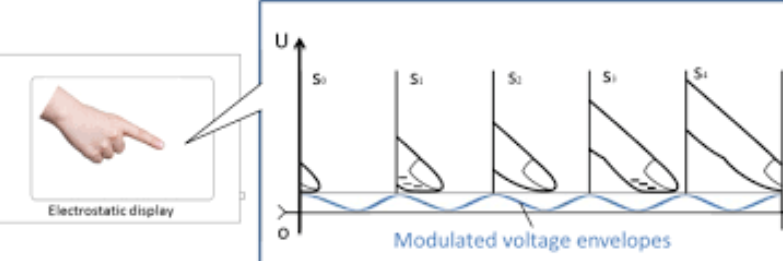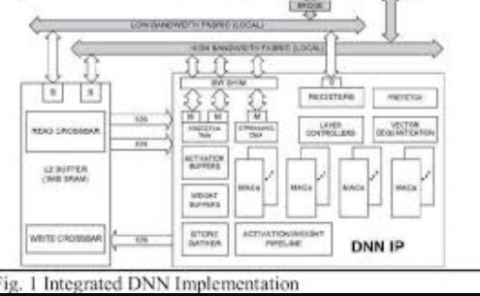Detection and Discrimination Thresholds for Haptic Gratings on Electrostatic Tactile Displays
PubDate: July 2018
Teams: Beihang University;Jilin University;University of California at Santa Barbara
Writers: Jian Jiao; Dangxiao Wang; Yuru Zhang; Dekun Cao; Yon Visell; Xingwei Guo; Xiaoying Sun
PDF: Detection and Discrimination Thresholds for Haptic Gratings on Electrostatic Tactile Displays

Abstract
Designing algorithmsfor rendering haptic texture on electrostatic tactile displays requires a quantitative understanding of human perception. In this paper, we report detection and discrimination thresholds for haptic gratings rendered on such displays based on the waveform and amplitude of the applied voltage. The haptic gratings consist of functions that describe the variation in voltage amplitude as a function of the position of finger on the display. Four types of virtual haptic gratings are considered in two experiments. In Experiment I, we estimate the absolute detection thresholds of haptic gratings for four different voltage amplitude functions, consisting of spatial waveforms with sinusoidal, square, triangle, or sawtooth shape. In Experiment II, we report discrimination thresholds for haptic gratings at five reference values of the voltage amplitude (80, 120, 160, 200, and 240 Vpp) for each of the voltage amplitude functions used in Experiment I. The results indicate that the detection thresholds for the four virtual haptic gratings are between 30 and 36 Vpp, and that the JND increases with the increase of voltage amplitudes. In addition, the JNDs of the four virtual gratings differ significantly, with the lowest and highest values being given by the triangle and sawtooth waveform, respectively.



